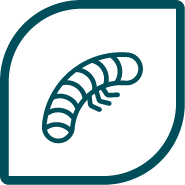Ecological Health & Function

CATEGORY: Water Quality

Macroinvertebrates Indicator
Benthic macroinvertebrates are excellent indicators of the condition of lotic aquatic systems because macroinvertebrates are found in almost all freshwater environments, have a small home range, are relatively easy to sample and identify, and the different taxonomic groups show varying degrees of sensitivity to pollution and other stressors (CDPHE 2016a, Barbour et al. 1999). Benthic macroinvertebrate community monitoring is a useful tool for river health monitoring, particularly if baseline data are available.
Macroinvertebrates score by Riverscape

Why assess macroinvertebrates?
Benthic macroinvertebrates, or bottom-dwelling aquatic insects, thrive in the interstitial spaces between the gravel, cobble, and rocks along the bottom of the river. Pristine, highly oxygenated, coldwater rivers typically have a combination of Ephemeroptera (mayflies), Plecoptera (stoneflies), and Trichoptera (caddisflies), collectively known as the EPT species. The EPT species are environmentally-sensitive aquatic insects that are routinely used in monitoring of water quality. A high percentage of these species compared to other, more pollution-tolerant species, is a great indicator of good water quality. Learn more about how benthic macroinvertebrates can be used in water quality assessments at the UNH Center for Freshwater Biology website.
